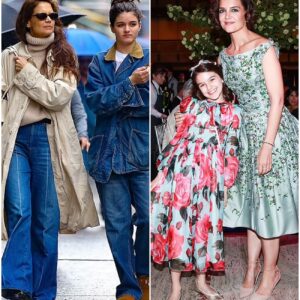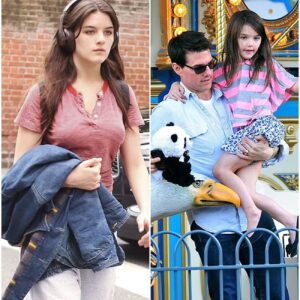In the midst of the ongoing debate surrounding the historical narrative of Chavez Ravine and the construction of Dodger Stadium, local resident Larry Herrera-Cabrera provides a contrasting viewpoint to the prevailing story of displacement and loss. He shared his insights after Assemblymember Wendy Carrillo proposed legislation that includes the construction of a monument honoring the displaced families, the majority of whom were Latino, and a task force to explore reparations for the community’s enduring disparities.
Herrera-Cabrera, who is a descendant of three families from Chavez Ravine, reached out to express a different perspective from that presented in the legislative proposal and popular discourse. According to him, his family members did not experience destitution or bitterness after being relocated from Chavez Ravine in the 1950s. Instead, they used the compensation from the city to rebuild their lives elsewhere, purchasing a home in Lincoln Heights and later moving to Rosemead.
Priscilla Leiva, a professor of Chicana/o and Latina/o studies at Loyola Marymount University, acknowledges that the generalized narrative often fails to capture the diversity of experiences among the Latino population affected by the displacement. During a visit to Herrera-Cabrera’s home in San Juan Capistrano, which reflects the middle-class lifestyle his family achieved post-displacement, he shared more about his family’s resilience and eventual success, mentioning relatives who pursued careers in various fields from aerospace to fashion design.
Despite the adversity, Herrera-Cabrera’s family members fondly recall their days in Chavez Ravine, undisturbed by the stadium’s construction that replaced their homes. He vividly remembers the community gatherings where stories of their old neighborhood were shared with nostalgia rather than resentment.
Critically, Herrera-Cabrera opposes the notion in Carrillo’s bill that descendants like him require reparations or recognition as victims. He also expressed his dissatisfaction with how the narrative has portrayed the displaced families, emphasizing their achievements and integration into new communities as opposed to only focusing on their forced eviction.
Echoing Herrera-Cabrera’s sentiments, Vincent Montalvo from Buried Under the Blue, a nonprofit advocating for acknowledgment and redress for the displaced communities, supports the idea of a monument. However, he envisions its purpose to serve broader reconciliation, including returning lands to indigenous groups and building community centers named after the original neighborhoods of Bishop, La Loma, and Palo Verde.
Assemblymember Carrillo, meanwhile, remains committed to her legislative efforts, aiming to balance varied views and move towards what she considers justice for the affected communities. She emphasizes that the intention is not to depict anyone as perpetual victims but rather as survivors of a challenging history.
As debates like these unfold, they reveal the complex layers of community memory, historical interpretation, and the pursuit of justice. Herrera-Cabrera, for his part, wishes for a monument that celebrates both the trials and triumphs of the Chavez Ravine families, ensuring that their full story — beyond displacement — is remembered and honored.





